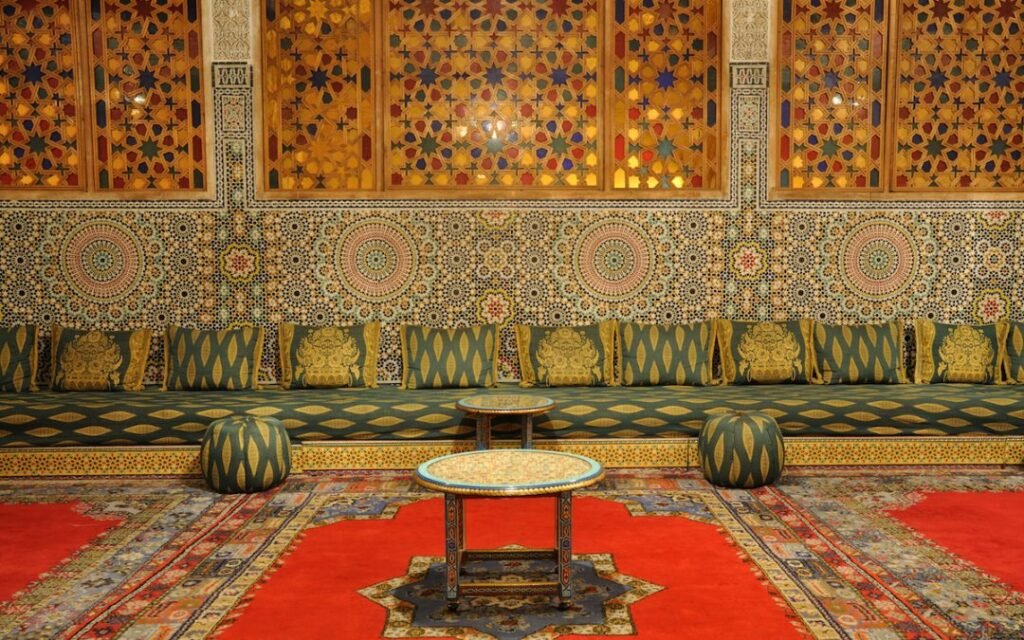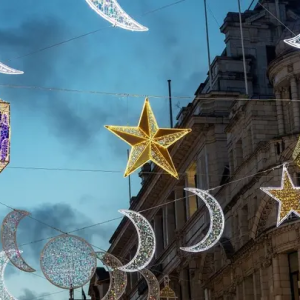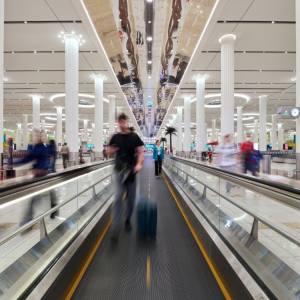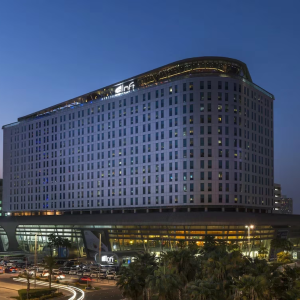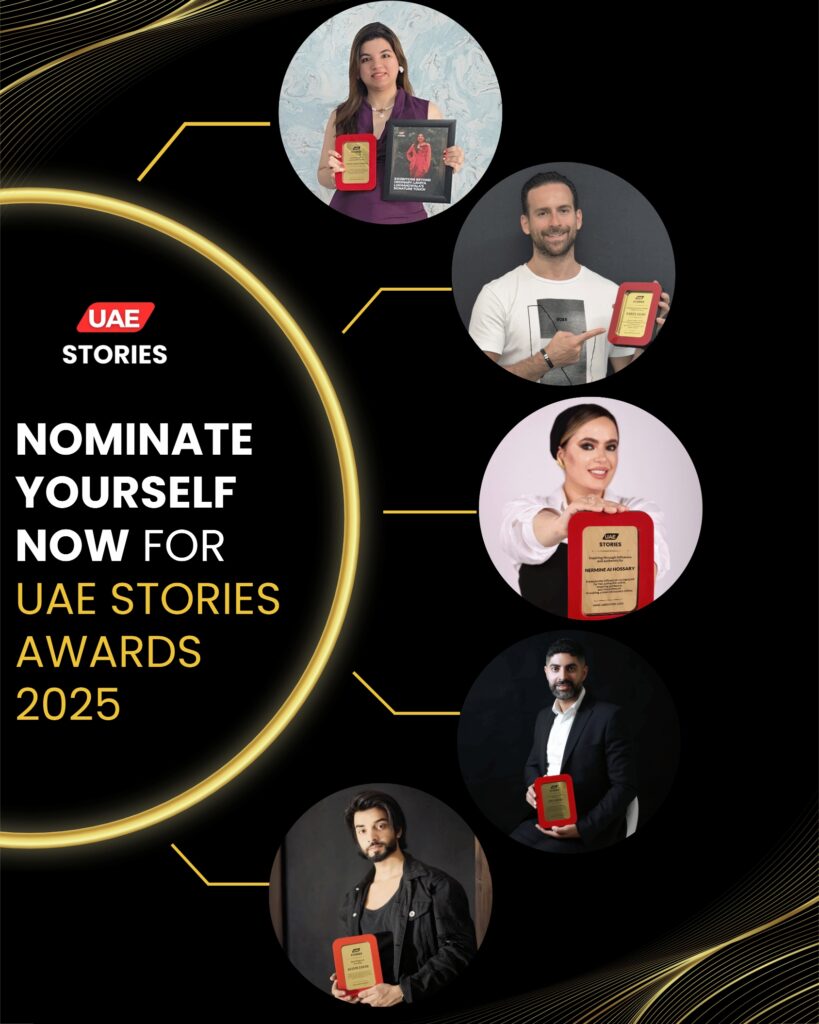In a nation where gleaming skyscrapers now pierce the desert sky and high-speed highways stretch from coast to coast, one element of Emirati culture has remained constant, cherished, and vital—the majlis. It’s more than a room, more than a meeting—it’s a space that carries centuries of tradition, hospitality, wisdom, and connection.
To understand the UAE is to understand the *majlis—a word that translates simply as “a place of sitting,” but in reality, represents a deep-rooted cultural practice of *gathering, dialogue, and community.
What Is a Majlis?
At its core, a majlis (plural: majālis) is a traditional sitting area where people come together to discuss, decide, and share. It could be part of a private home, a tent in the desert, or a formal council space attended by tribal elders or rulers.

The majlis is where:
- Family and guests are welcomed
- Community matters are discussed
- Disputes are resolved
- Stories and poetry are shared
- Coffee flows and dates are served
It’s a symbol of leadership, unity, and openness—and its design and rituals reflect values central to Emirati identity.

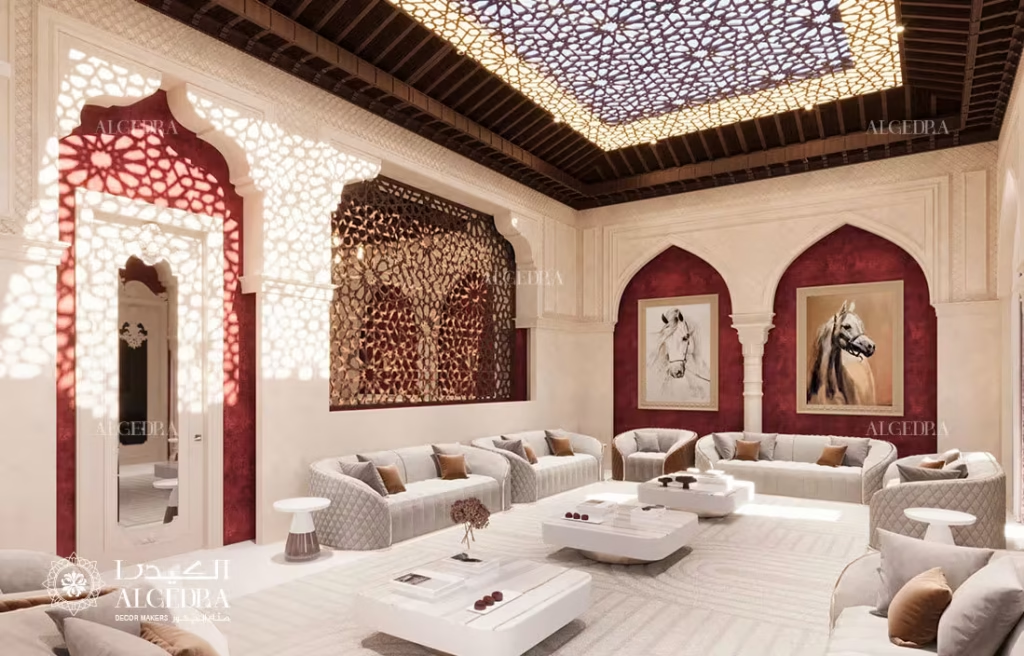
The Origins: From Desert Life to Social Lifeline
Long before oil wealth transformed the UAE into a modern state, Emiratis lived a semi-nomadic existence, dependent on trade, fishing, pearling, and survival in the harsh desert.
In this environment, the majlis became a lifeline—a place where people gathered to:
- Share news from afar
- Discuss weather patterns crucial for navigation
- Seek advice or support during hardship
- Maintain tribal bonds and social order
Under the shade of palm frond shelters or inside *Bedouin tents (bayt al sha’ar), the majlis offered *protection from the elements and loneliness, while reinforcing kinship and trust.
Over time, these informal gatherings took on ritual significance, with defined roles for elders, guests, hosts, and even coffee servers.
Architecture and Design: Built Around Hospitality
Traditional majālis were designed with openness and respect at the heart of their layout:
- Floor seating with large cushions and carpets created intimacy and equality.
- A separate room or tent often attached to the main home, reserved for men’s gatherings.
- Minimal furniture but maximal comfort—hospitality was reflected in gestures, not extravagance.
- A designated space for coffee and incense, as serving guests was a sacred duty.
Today, in modern Emirati homes, the majlis still exists—sometimes as a separate room styled with heritage patterns, low lighting, and geometric motifs, where guests are received formally.
In palaces and government buildings, the majlis may be vast and ornate, but its *core function remains unchanged: a place for *listening, engaging, and honoring tradition.
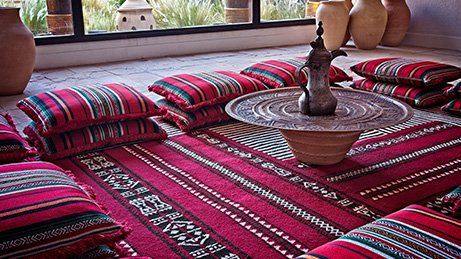
The Coffee Ritual: Serving More Than Just a Drink
No majlis is complete without Arabic coffee (qahwa)—a tradition that’s both delicious and deeply symbolic.
- Coffee is served from a dallah (a traditional Arabic pot), poured into small handle-less cups.
- The host or server begins on the right side, offering coffee with the right hand.
- Guests shake the cup side-to-side to signal they’ve had enough.
- The coffee is often flavored with *cardamom, saffron, or cloves, and accompanied by *dates.
This ritual isn’t just about hospitality—it’s about *honoring the guest, and **initiating trust and dialogue. In fact, UNESCO recognized Arabic coffee and the majlis as part of the *Intangible Cultural Heritage of Humanity in 2015.
Types of Majlis: From Family to Formal
There isn’t just one kind of majlis—its form and function vary depending on context:
1. Family Majlis
The most common, held in private homes. Here, relatives gather to discuss everyday matters, celebrate, or mourn. It’s a pillar of family life, especially during Ramadan, Eid, and weddings.
2. Social Majlis
Open to friends, neighbors, or wider community members. It’s where people catch up on local events, share poetry, or play traditional games.
3. Tribal or Political Majlis
Traditionally hosted by tribal leaders or Sheikhs, these majālis serve as councils of consultation. Citizens voice concerns, seek advice, and discuss policies—a tradition of governance through accessibility.
In the UAE, this continues today—leaders such as Sheikh Mohammed bin Zayed Al Nahyan often hold open majālis where citizens are welcomed and heard. It’s a rare political structure grounded in centuries-old custom.
Majlis in Modern Times: Evolution, Not Erasure
While skyscrapers and social media have changed how we connect, the majlis remains a *living tradition. In fact, it has *evolved beautifully:
- Virtual majālis emerged during the COVID-19 pandemic via Zoom and WhatsApp groups—same warmth, new format.
- In youth circles, majlis-style forums are now used for entrepreneurship, sustainability, and innovation debates.
- Women’s majālis, once more private, are now platforms for education, leadership, and empowerment.
- Emirati embassies abroad sometimes host majlis-style cultural events, introducing the tradition to the world.
Even art and design have embraced the majlis—with modern interpretations appearing in public installations, hotels, and exhibitions, blending old aesthetics with contemporary creativity.
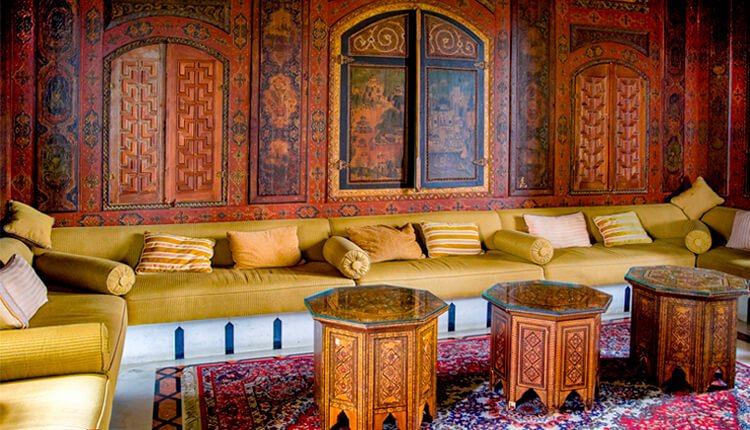
Cultural Legacy: Why the Majlis Still Matters
In a rapidly changing world, the majlis is a powerful anchor. It represents:
- Listening over lecturing
- Community over individualism
- Presence over distraction
It teaches values that are as relevant today as ever: respect for elders, warmth toward strangers, the art of conversation, and the beauty of slowing down.
For younger Emiratis, the majlis is a reminder that while they drive Teslas and tweet in multiple languages, their roots are deep, strong, and proud.
Experience It Yourself
If you’re visiting the UAE and curious to experience a majlis:
- Many cultural heritage centers in Abu Dhabi, Dubai, and Sharjah recreate traditional majālis for visitors.
- Events like *Qasr Al Hosn Festival, **Sheikh Zayed Heritage Festival, or *Al Marmoom Heritage Festival feature live majlis spaces.
- If you’re invited into a local home or desert camp, accept with gratitude—you’ll likely find yourself in a majlis before you know it.
Just remember: bring an open heart, listen more than you speak, and sip your coffee slowly.
Final Thoughts: The Soul of Emirati Hospitality
The majlis is not just an architectural feature or a cultural footnote—it is the soul of Emirati life. Rooted in the past, yet adaptable to the future, it continues to connect generations, bridge communities, and shape national identity.
In the UAE, where everything seems to move fast, the majlis is where *time slows down, and *meaning deepens.
It’s where stories are told, ideas are born, and traditions live on—not in museums, but in everyday life.
Do follow UAE Stories on Instagram.
How Prioritizing Mental Health in Dubai Transformed My Life Forever

